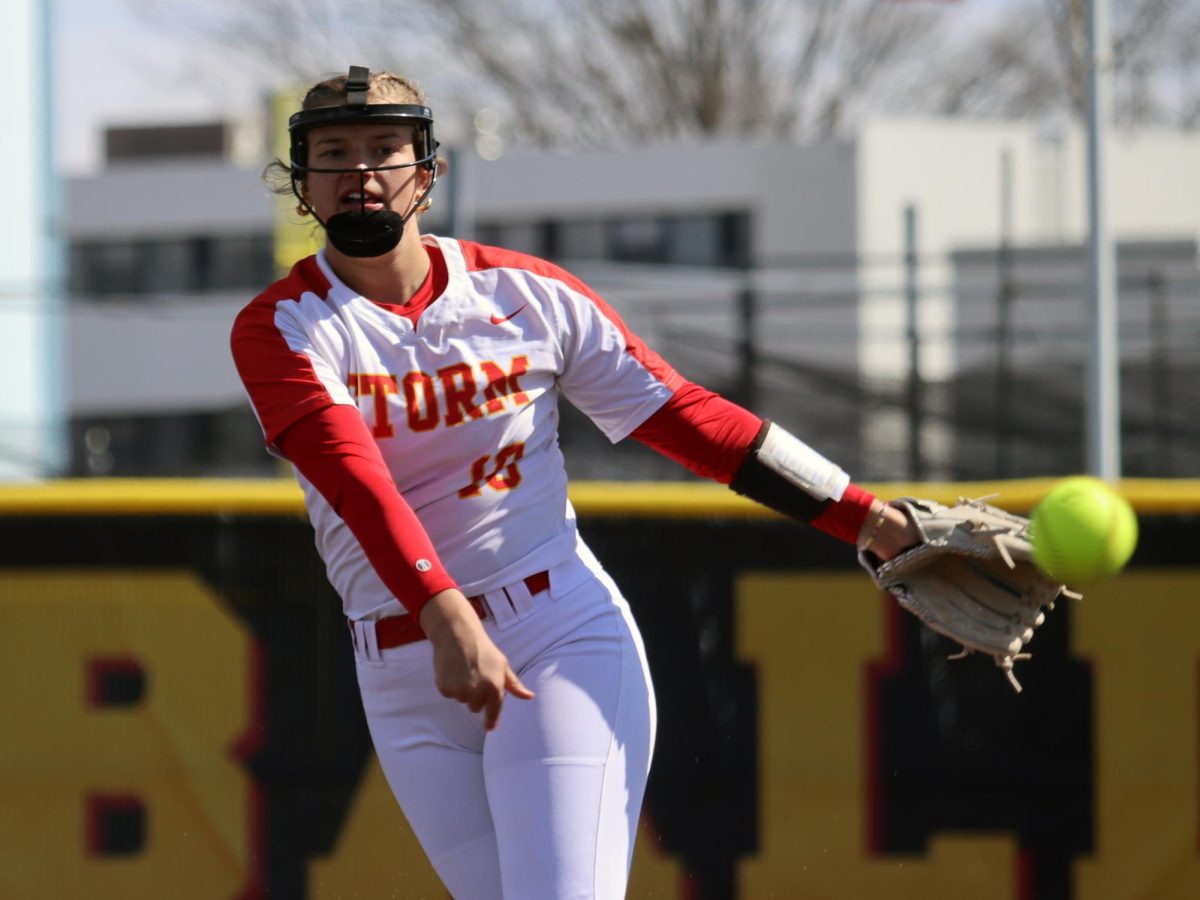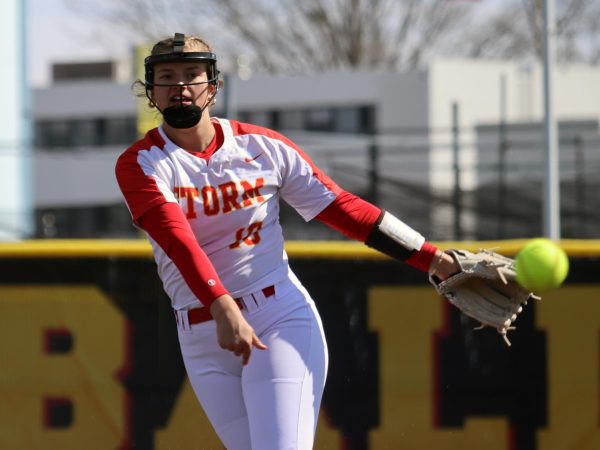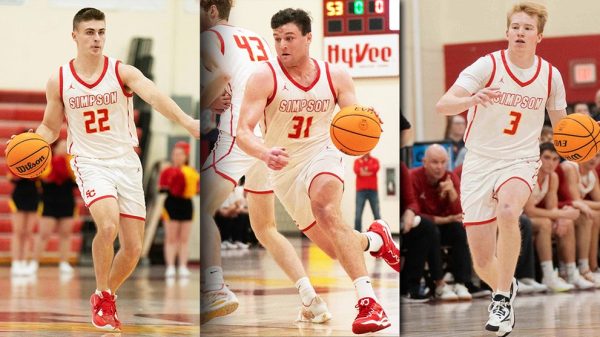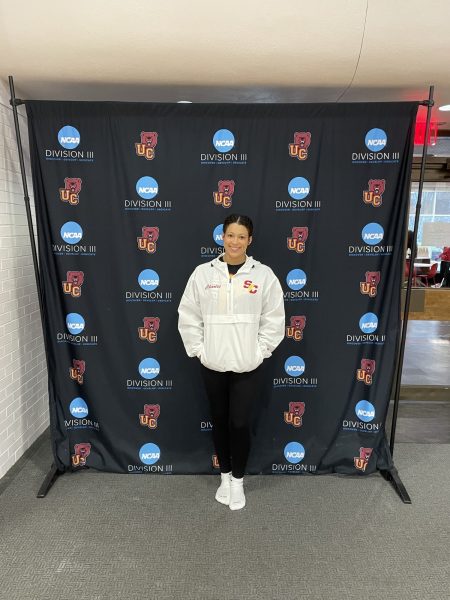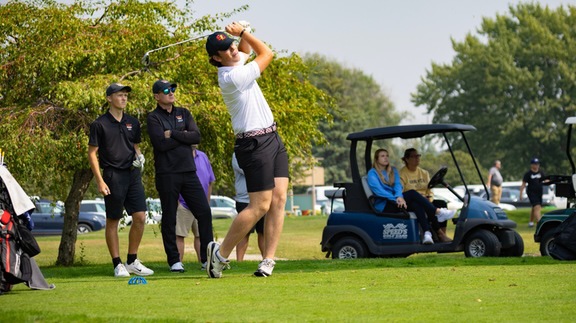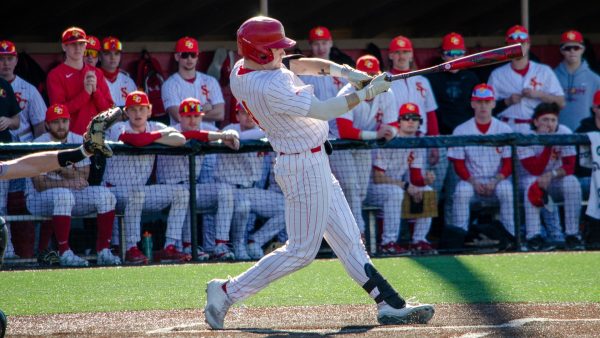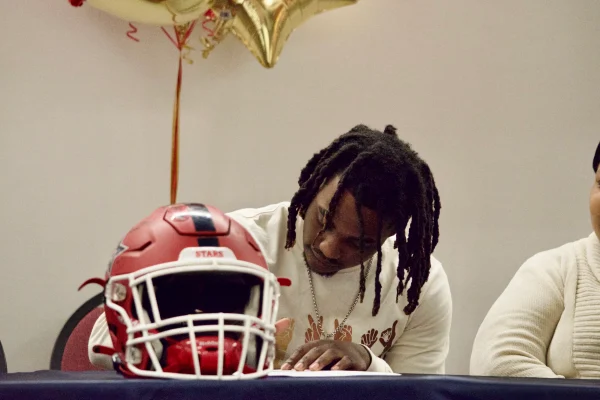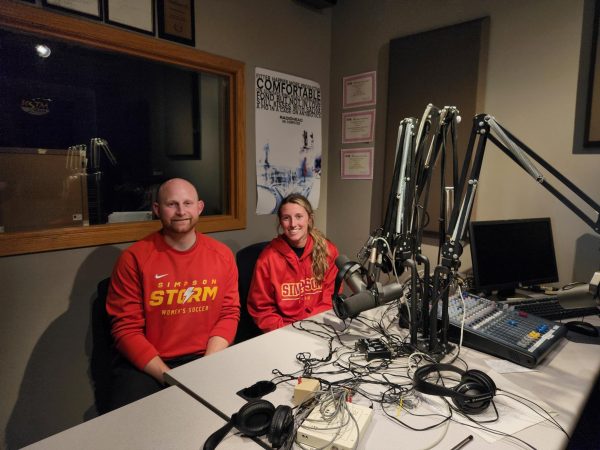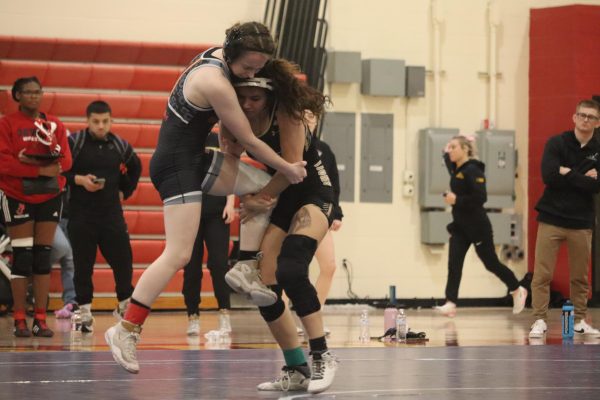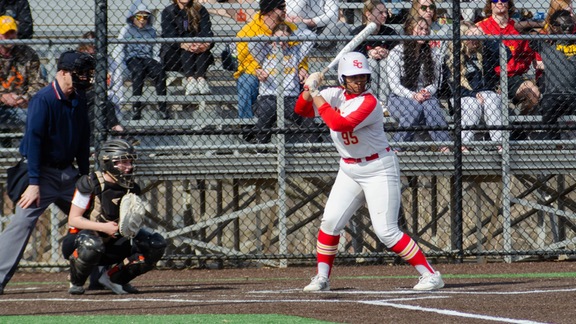Cornell leaves the IIAC and the remaining seven schools have to compensate
February 14, 2012
The Iowa Intercollegiate Athletic Conference (IIAC) shrunk from eight schools to seven, with Cornell College’s approval to once again join the Midwest Conference.
Located in Mount Vernon, Cornell’s change will affect Simpson College and other members of the IIAC both positively and negatively.
The Cornell Rams are not just leaving the IIAC to join a random conference, they are rejoining the conference that they originally competed with for 76 years. They moved to the IIAC from the Midwest Conference in the fall of 1997 and spent 15 years of conference competition with Simpson College. They are moving back for several reasons, but the biggest reason is so they can compete against schools that fit their academic profile better than IIAC schools.
The first hurdle that Simpson must overcome is that in every sport Simpson must find another non-conference game to fill its empty spot in the schedule.
Head Simpson College football coach Jim Glogowski sees having to schedule another game as a negative because of the time and money involved.
“It’s a negative because we have to schedule another game,” Glogowski said. “There is a real good chance from a budgetary standpoint that this extra game out of state will cost more, because it will have to be an overnight trip. With Cornell, it was geographically convenient and it was financially convenient because Cornell was so close to home. It was always good competition with them.”
Simpson College Athletic Director John Sirianni sees the rescheduling in a brighter light because it gives the athletic teams a chance for new competition.
“On the positive side, it gives us an opportunity to play other in region schools, which in the long run ends up helping us as long as we are successful,” Sirianni said.
Along with rescheduling issues, the IIAC has to face another hurdle. Having to make sure that, with only seven teams in the conference, they adequately fit the requirements for intercollegiate division III conferences.
“There has been a committee put together, which I represent Simpson College, to evaluate conference size of the IIAC to investigate adding schools to the conference, but that is still in the study stage,” Sirianni said.
Student athletes at Simpson seemed to have mixed feelings about Cornell leaving the conference, seeing it as both a negative and a positive.
Sophomore dual athlete Brad Vogel is excited about this new change for the opportunity to get prepared for more important conference games.
“I see Cornell leaving as a good thing for Simpson football because now we are going to get to play three non-conference games instead of only two,” Vogel said. “I think I am going to enjoy having that third extra game to get us prepared for conference play.”
Junior tennis player Lindsay Nash is going to miss the competition that Cornell brought to the court.
“This is bittersweet for us,” Nash said. “They are always one of our toughest competitors and have beaten us in the past, but it has always been a close matchup. They were great competition for us in the conference, but this has the possibility for us to be more successful in the future.”
Although Cornell College is out of the IIAC, they are not out of Simpson College’s life for good. Simpson College will continue to schedule Cornell in non-conference games as much as possible because of the convenient location, and the fact that they have always been great competition in every sport.




